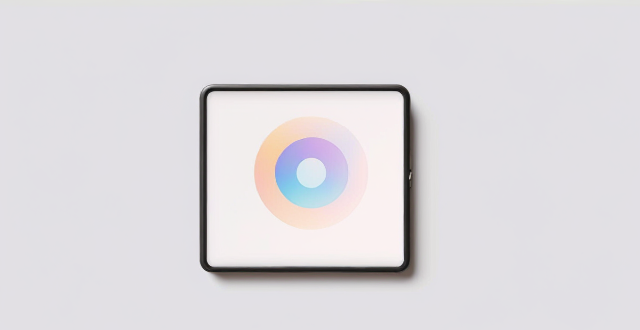Editing smartphone photos can greatly improve their quality. Here's a guide on how to do it: choose a user-friendly editing app, crop and straighten the image, adjust exposure and brightness, manage contrast and saturation, sharpen and clarify details, correct colors and tone, apply filters and presets judiciously, save in high resolution, and practice regularly to refine your skills.

How to Edit Your Smartphone Photos for Better Results
Editing your smartphone photos can significantly enhance their quality and make them look more visually appealing. Here are some steps you can follow to improve the appearance of your pictures:
1. Choose the Right Editing App
- Research: Look for highly rated photo editing apps on your phone's app store.
- Download: Install a few apps to experiment with which one you prefer.
- User Interface: Pick an app with an intuitive interface that is easy to navigate.
2. Crop and Straighten
- Crop Tool: Use the crop tool to remove unnecessary elements or to focus on the main subject.
- Grid Overlay: Turn on the grid to help you align the photo correctly.
- Straighten: Rotate the image if it's crooked to level out horizons and architectural lines.
3. Adjust Exposure and Brightness
- Exposure: Adjust to balance the overall light in the photo.
- Brightness: Fine-tune brightness to ensure details are visible without overexposing highlights.
4. Manage Contrast and Saturation
- Contrast: Increase contrast for more vibrant differences between light and dark areas.
- Saturation: Boost saturation to make colors pop, but be cautious not to overdo it.
5. Sharpen and Clarify
- Sharpen: Apply slight sharpening to bring out details, especially useful for photos that appear soft.
- Clarify: Use clarity or structure tools to enhance textures and reduce fogginess.
6. Color Correction and Tone
- Temperature: Adjust color temperature to make the scene feel warmer (more yellow) or cooler (more blue).
- Tint: Tweak tint to correct any green or purple color casts.
7. Apply Filters and Presets
- Filters: Try different filters for artistic effects but use them sparingly.
- Presets: Use presets as a starting point and adjust from there to personalize the look.
8. Save and Share
- Resolution: Ensure you save the edited photo at a high resolution if you plan to print it.
- Format: Save in a format that preserves quality, such as PNG or high-quality JPEG.
- Backup: Keep a copy of the original photo in case you need to revert to it later.
9. Practice Makes Perfect
- Experiment: Play around with different settings and tools to learn what each does.
- Feedback: Get feedback from others to see how your edits are perceived by viewers.
- Learn: Watch tutorials and read tips from experienced photographers to refine your skills.
By following these steps, you can transform your smartphone photos from ordinary to extraordinary. Remember, practice is key, and the more you edit, the better you will become at enhancing your photographs.